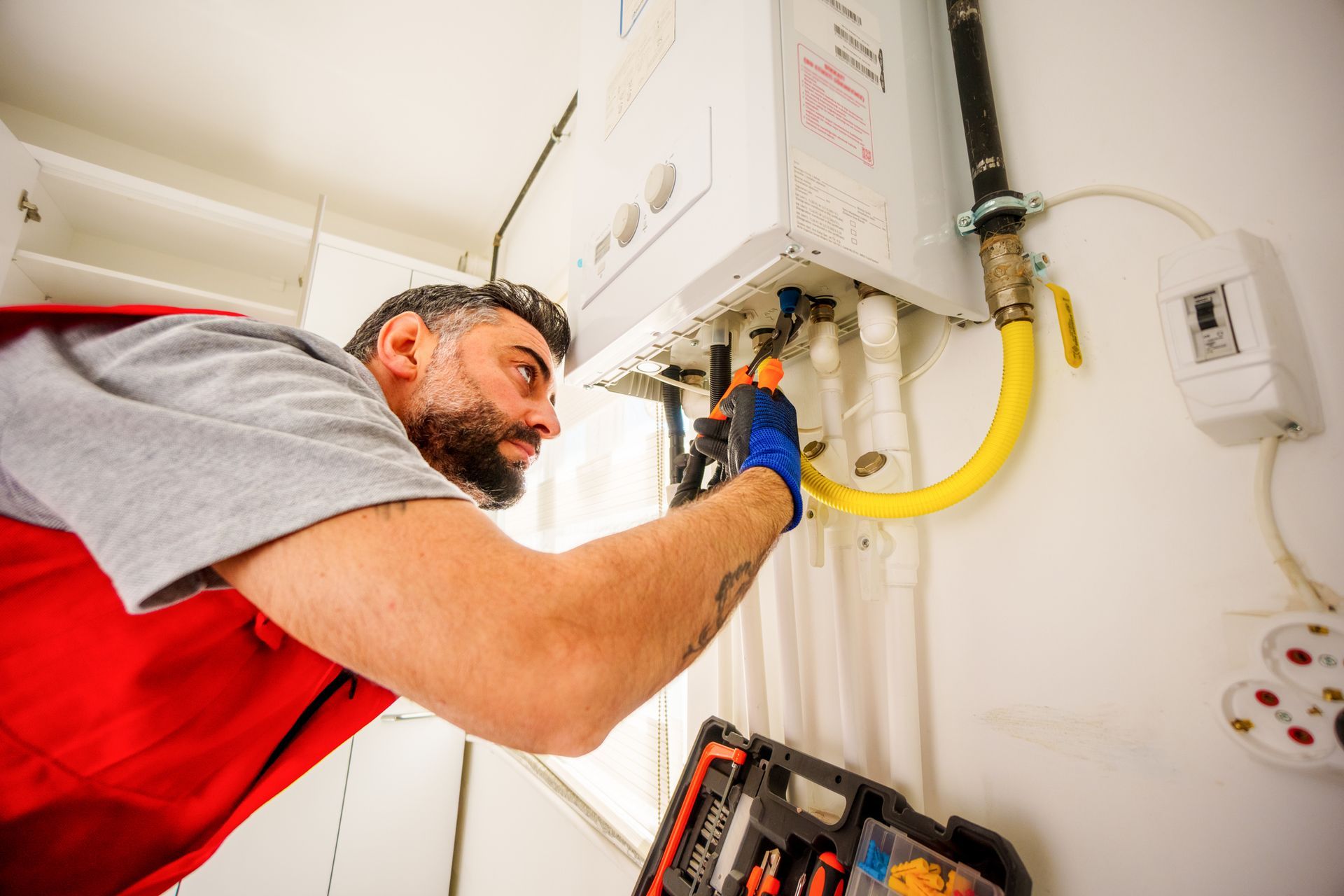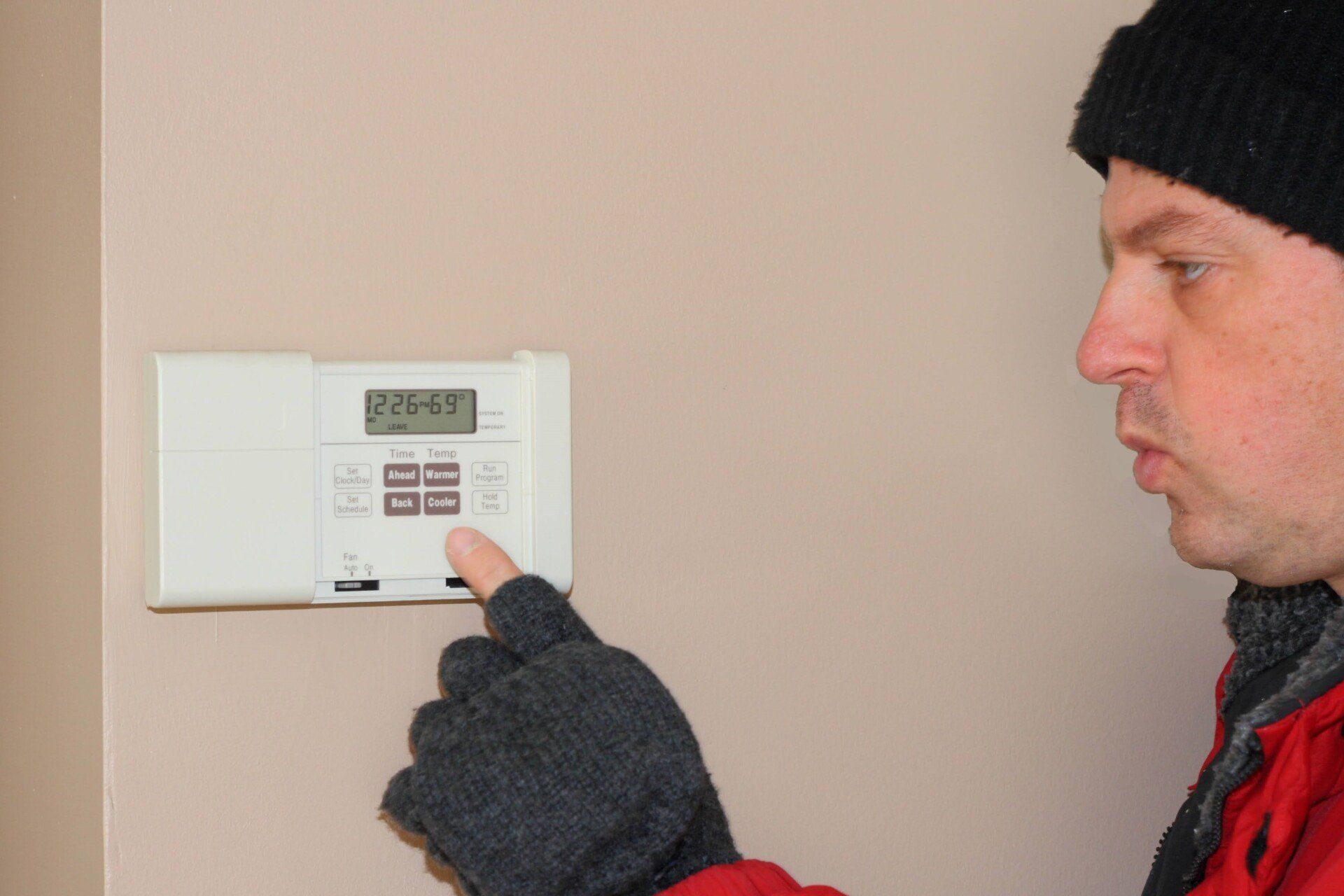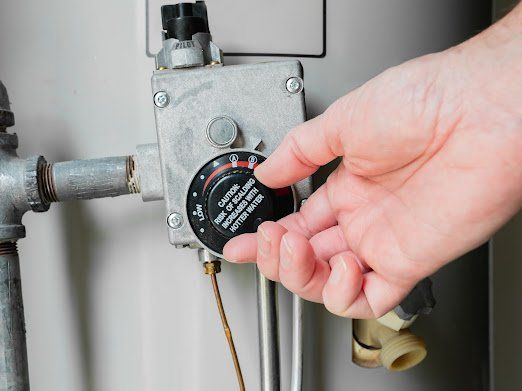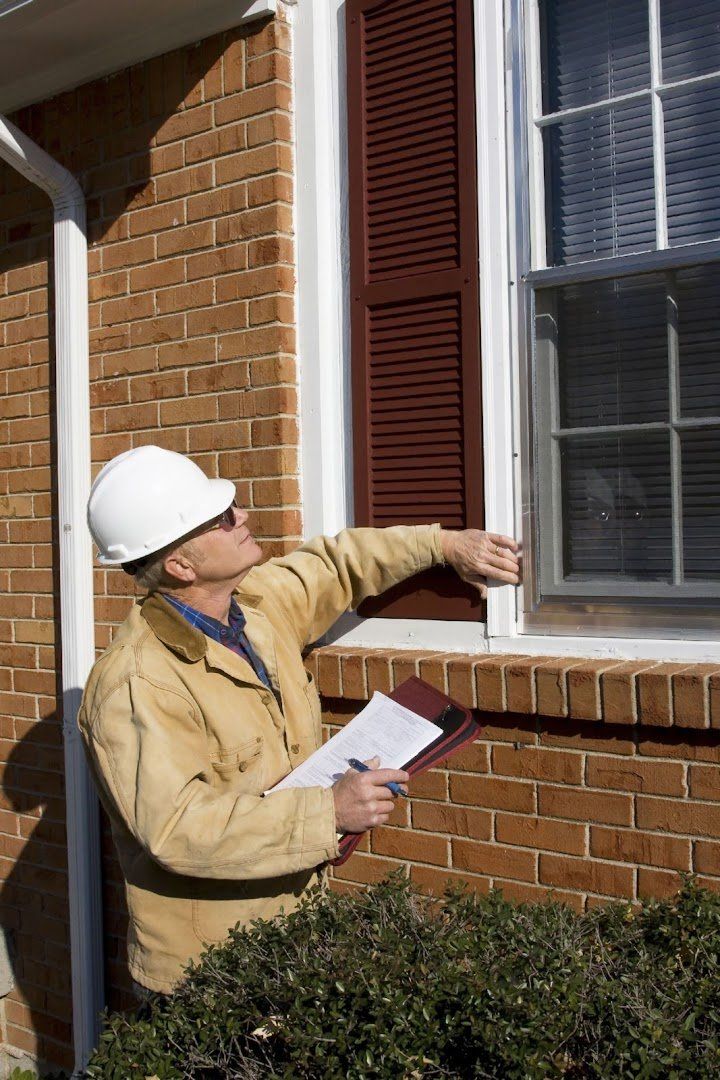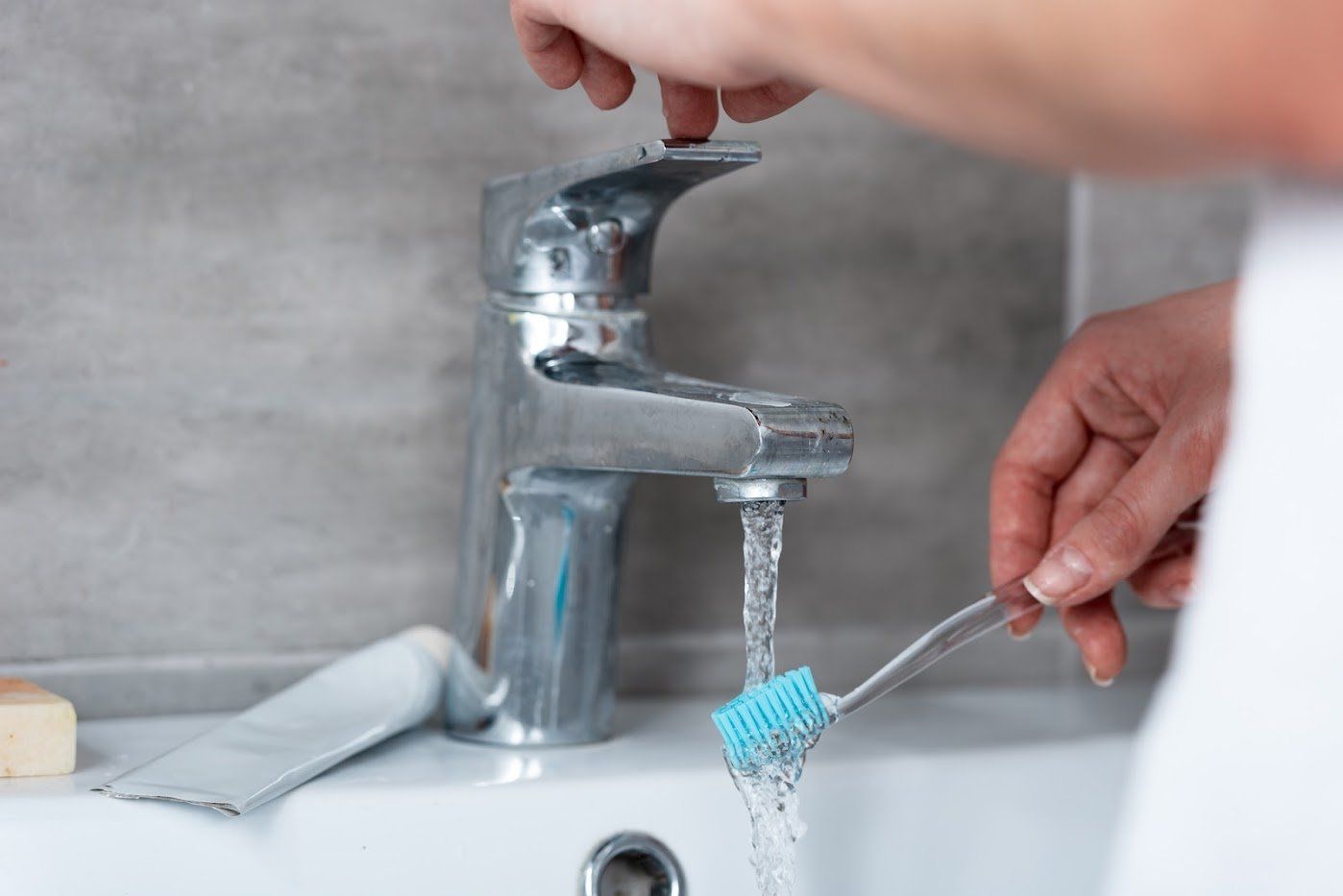6 Possible Causes of Your Low Water Pressure
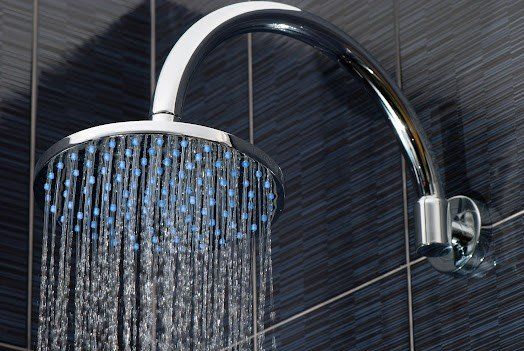
Low water pressure from sinks, showers, toilets, and other plumbing fixtures frustrates many homeowners. Locating the cause of low water pressure can be tricky as there are many possible reasons. Check out the most common causes of low water pressure below.
1. Partially-Opened Main Shutoff Valve
Your home's main shutoff valve, located where your main water line enters the house, controls the water supply. The valve is likely not fully open if you have had recent plumbing repair works and notice low water pressure. If your neighbors have normal water pressure, locate the main shutoff valve and check if it is partially open.
The valve can either be a handle that operates like a wheel or a lever that should be parallel to the pipe. If you have the former type of valve, turn it counterclockwise as far as you can. The water pressure should return to normal if the valve returns to its usual position.
2. Faulty Pressure Regulator
Plumbers install pressure regulators near the main shutoff valve to reduce the water pressure getting into your home. High water pressure can strain your appliances and plumbing fixtures; hence, the need for a regulator. A broken pressure regulator causes water pressure problems in the home, while a regulator set too low cannot meet your family's needs.
Most valves fail because of sediment buildup, but your plumber can replace the faulty one and adjust the regulator's settings to ensure the water pressure suits your home.
3. Corroded Pipes
While plumbing pipes are long-lasting and durable, some plumbing materials corrode over time. Copper pipes and the galvanized steel lines in older homes corrode when they react with the oxygen in the water. The debris buildup in corroded pipes restricts water flow, resulting in low water pressure.
Unfortunately, corrosion is hard to detect because it builds up in the pipes. Corroded pipes sometimes supply rusty water with a metallic taste, but you need a plumber to assess the extent of the issue. You likely need to repipe your plumbing with modern, rust-resistant materials if you have an old home. Once a plumber replaces your pipes, your water pressure will return to normal.
4. Clogged Pipes
If your area has hard water, scale buildup will be a frequent problem in your home. Hard water has large quantities of calcium, magnesium, and other minerals, which combine with cleaning solutions to form scale. Scale accumulates in your plumbing pipes, water heaters, and water-using appliances like dishwashers and coffee machines.
Scale buildup in pipes creates obstructions that reduce water pressure, and the only solution is the installation of water softeners to lower your water's mineral content.
5. Water Leaks
Water leaks are common plumbing issues that divert water from faucets, showerheads, toilets, and other fixtures. A leak can reduce water pressure and inflate utility bills even if the rest of the plumbing system works well. The easiest way to identify water leaks is to turn off all indoor and outdoor faucets. Check the water meter after some time to see if it registers water use. A plumber uses a camera to determine the leak's location and then restores the desired water pressure.
6. Issues With the Municipal Water Supply
Once you observe low water pressure in your home, ask your neighbors if they are experiencing the same issue. Maintenance projects on local supply lines or equipment failures often cause drops in water pressure across entire neighborhoods. Water supply problems are prevalent in older municipal systems, and you should contact your utility provider to diagnose the issue.
An abrupt drop in your home's water pressure can leave you puzzled and frustrated. Fortunately, the issue is often as simple as a faulty pressure regulator or a partially opened main shutoff valve. In case of corroded or clogged pipes or water leaks, our plumbing experts at Keil Plumbing & Heating are ready to help. Contact us today for prompt plumbing services.


